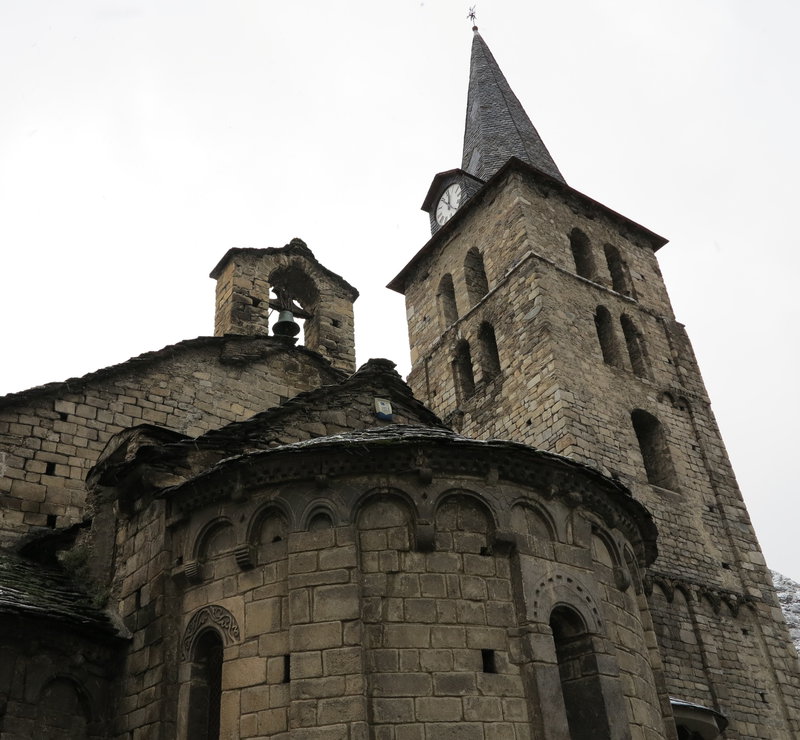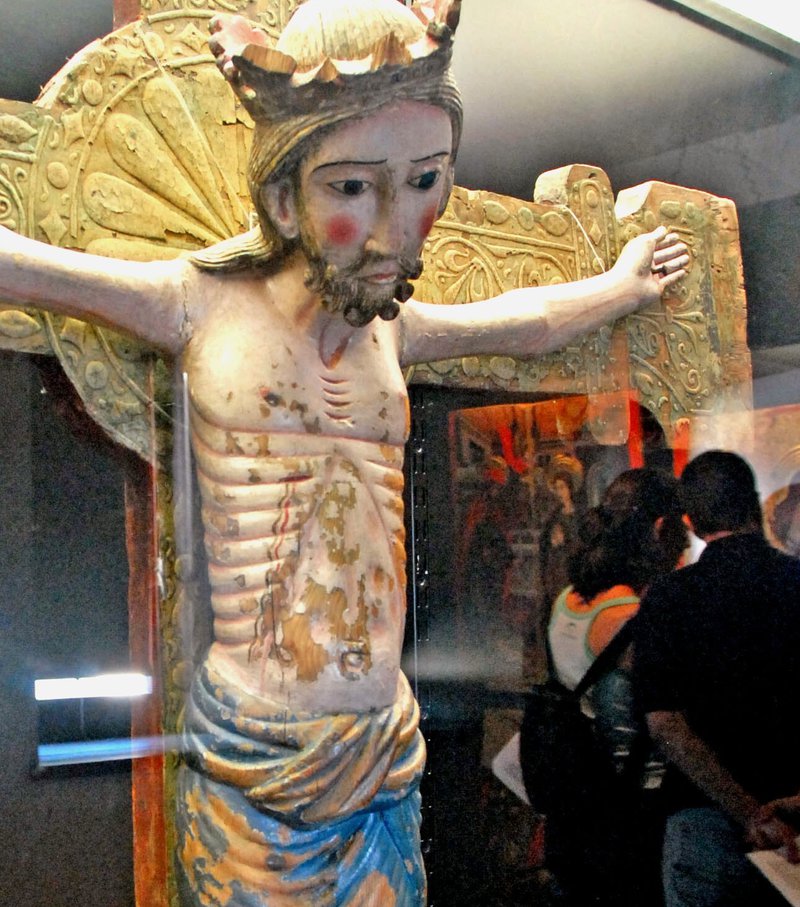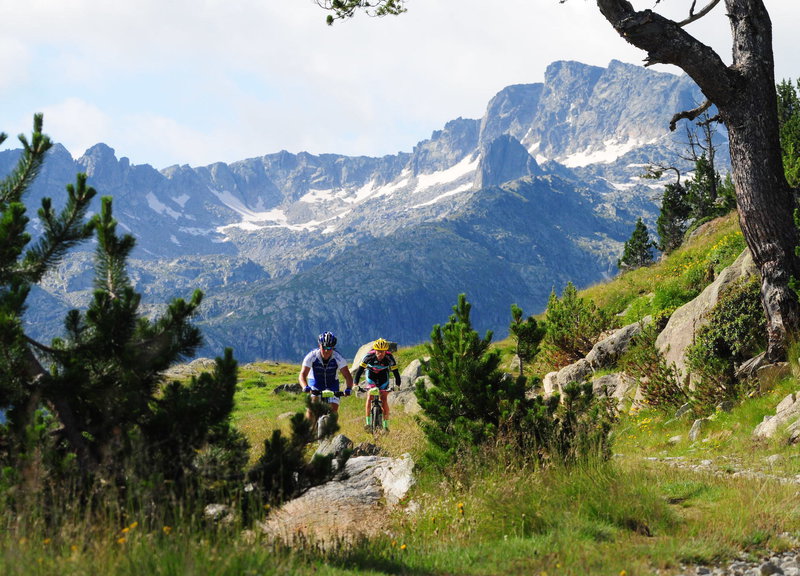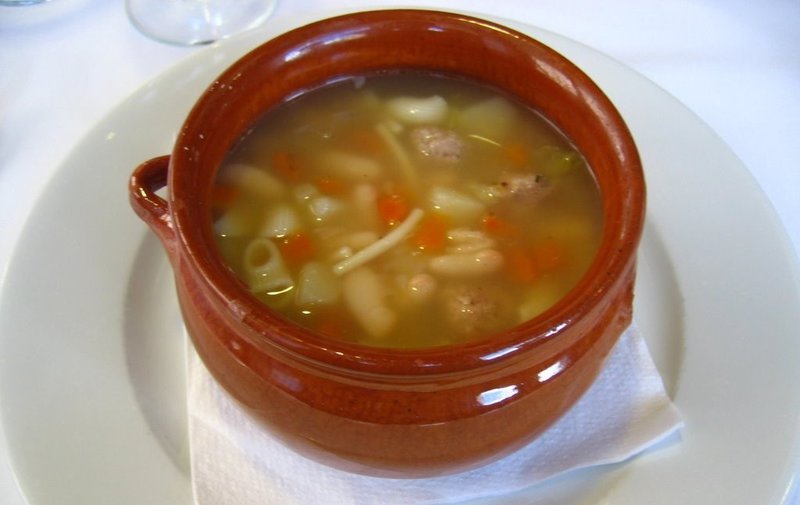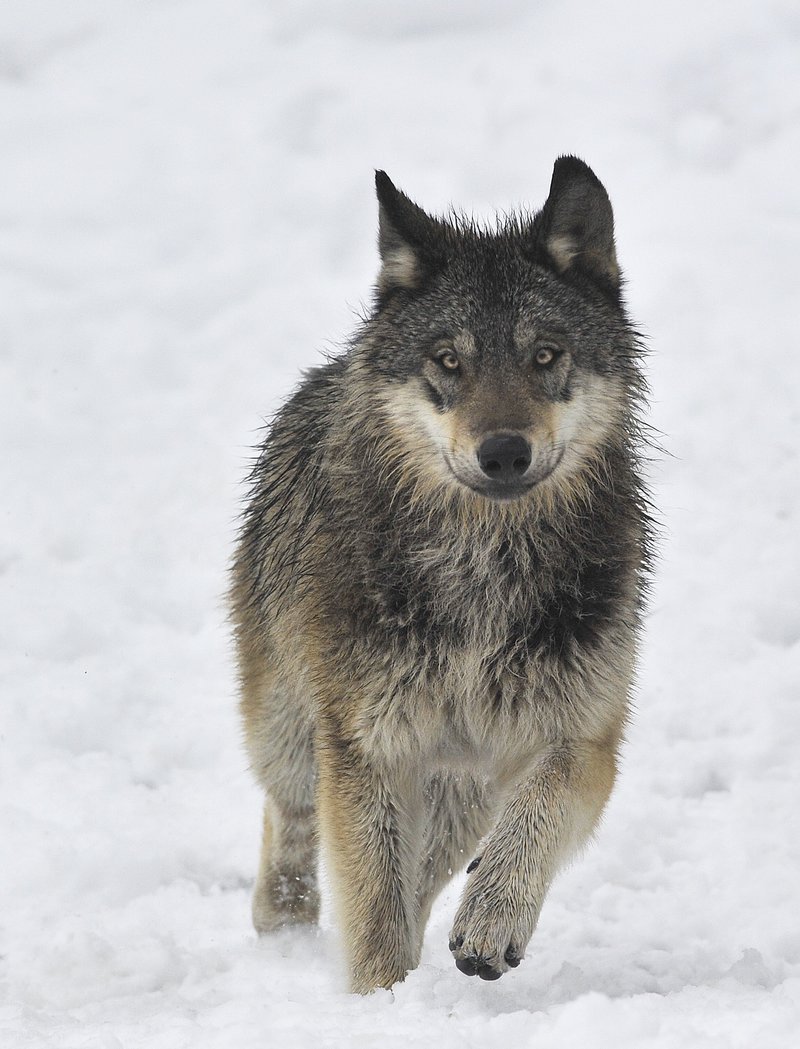Val d’Aran
Val d’Aran may be in Catalonia, but it has its own distinct identity and language, a variety of the Occitan language known as Aranese. Since 2015, the area has also been categorised as a “unique territorial entity”, with its own autonomous powers. Situated in the Aran Valley in the Catalan Pyrenees, Val d’Aran borders France in the north, the Spanish Autonomous Region of Aragon in the west, and the Catalan counties of Alta Ribagorça and Pallars Sobirà to the south and east. With a third of its territory at over 2,000 m of altitude, Aran’s landscape of mountains and valleys make it an ideal playground for outdoor activities, and it is popular with skiers, walkers, cyclists and adventure sports fans, not to mention nature lovers.
1. Era Mair de Diu dera Purificacion church
Val d’Aran has a rich medieval heritage that boasts over a dozen Romanesque churches spread around its towns. One example is the church of Era Mair de Diu dera Purificacion, in the town of Bossòst. Dating back to the 12th century, the church is a template for the development of Romanesque architecture and art as it evolved during the Middle Ages. For example, the building features a typical barrel vault resting on circular pillars, while its three apses are profusely decorated with sculptural elements of Lombard origin. Meanwhile, inside are to be found fragments of murals in the central apse that date back to the end of the 13th and beginning of the 14th centuries.
2. Òlha aranesa
As when visiting any new place, going to restaurants and trying the local delicacies is a must, and Val d’Aran is no different. The area’s most famous dish is the traditional soup known in Aranese as òlha aranesa, and olla aranesa in Catalan. Made with beans, potatoes, noodles, vegetables and different meats, including pork, beef, chicken and botifarra negra blood sausage, it is the ideal antidote to a long day out in the mountains, especially in winter. Restaurants all over serve the dish, and there is an annual fair devoted to the tasty stew called Era Òlhada in Pla de Beret.
3. Baqueira Beret
Baqueira Beret is the largest ski resort in Spain, covering 2,166 ha and with 156 km of slopes. Inaugurated in 1964, since 2003 it also has slopes in the neighbouring Aneu Valley, on the other side of the Port de la Bonaigua mountain pass. Apart from skiing and snowboarding, Baqueira Beret also offers other activities, such as Nordic skiing and dog sled excursions. While winter is the obvious time to visit, even in the spring and summer the resort is popular with walkers or people who just want to appreciate the spectacular views of the surrounding mountains, which are over 3,000 metres high, such as the Maladeta and Aneto peaks.
4. Aran Park
Given its location, Val d’Aran has a wealth of flora and fauna. Its wildlife is unmatched, and the valley and the surrounding peaks are home to a range of animals, including bears, lynxes, otters, two species of wolves, marmots, red deer and vultures. Yet, for those whose tracking skills are not up to scratch, or who like to admire animals in comfortable surroundings, there is the Aran Park in Bossòst, where the animals roam in semi-freedom in their natural habitats.
5. Aran Valley Museum
To learn more about the history of the valley, a trip to the Aran Valley Museum (known as the Musèu dera Val d’Aran) in Vielha is a must. Opened in 1984, the museum is located in a 17th-century stately home, the Generau Martinhon Tower, and devotes three floors to explaining the history of the valley, from prehistory to the present. It also houses an interesting collection of archaeological, artistic and ethnographic objects.
five places to discover

